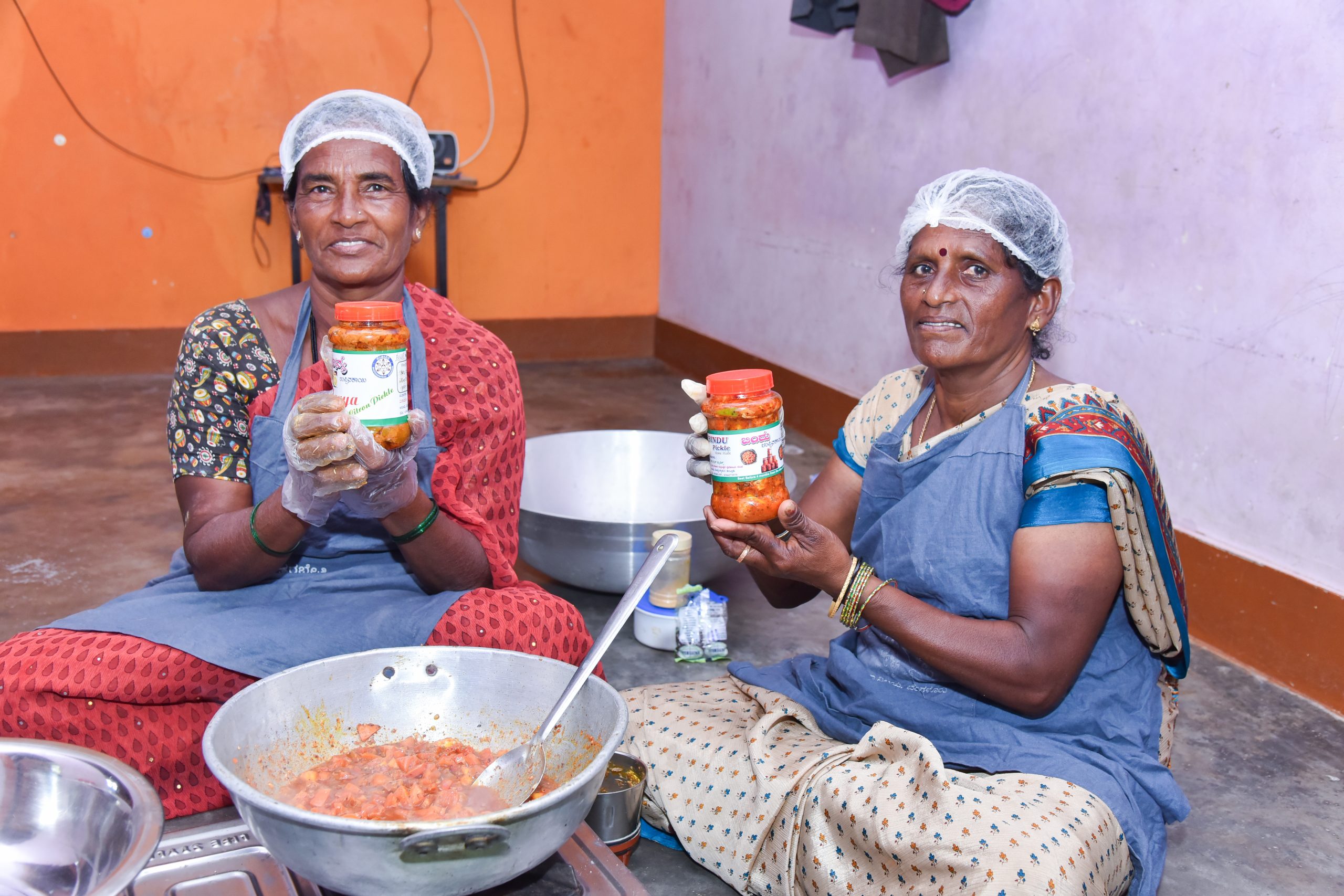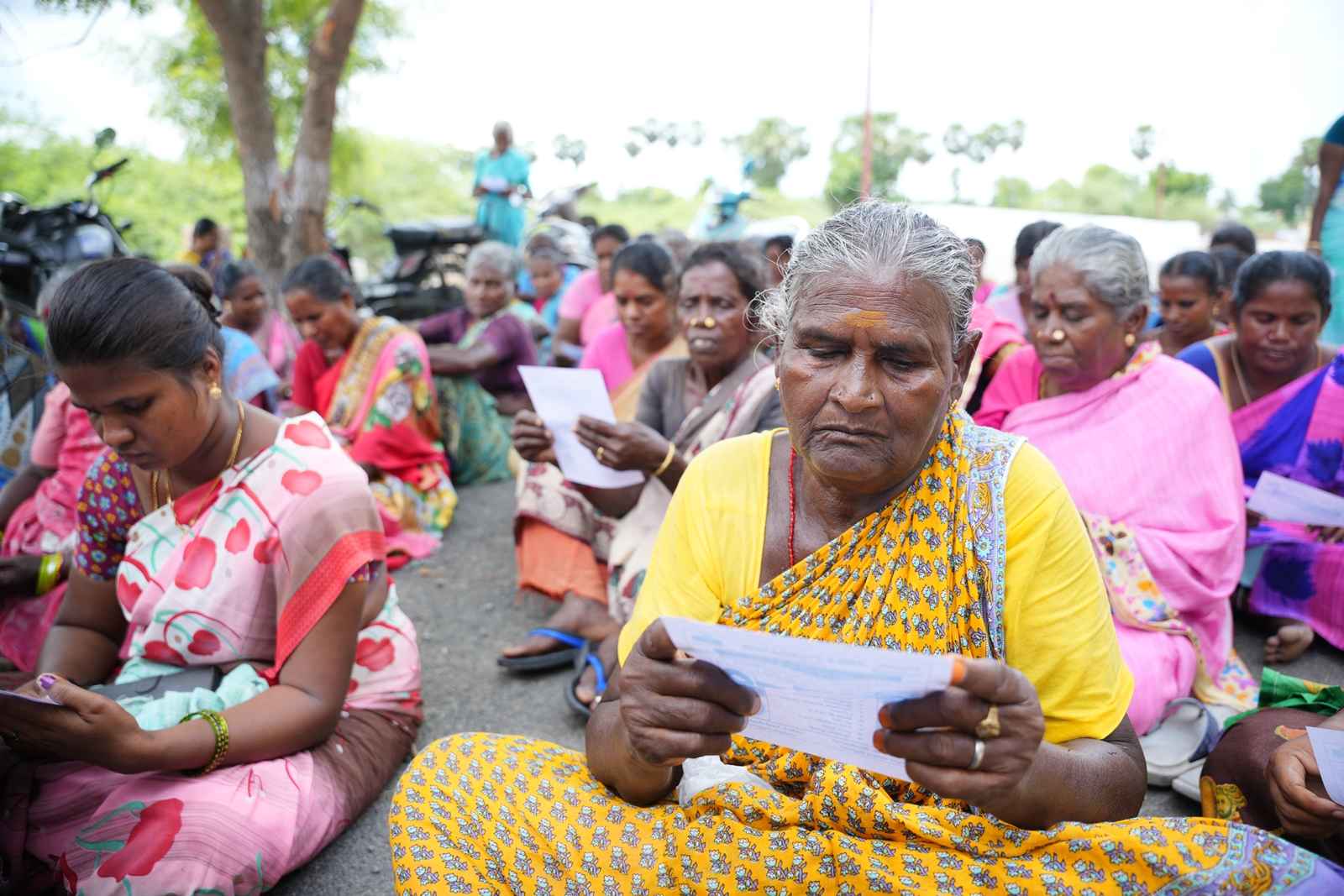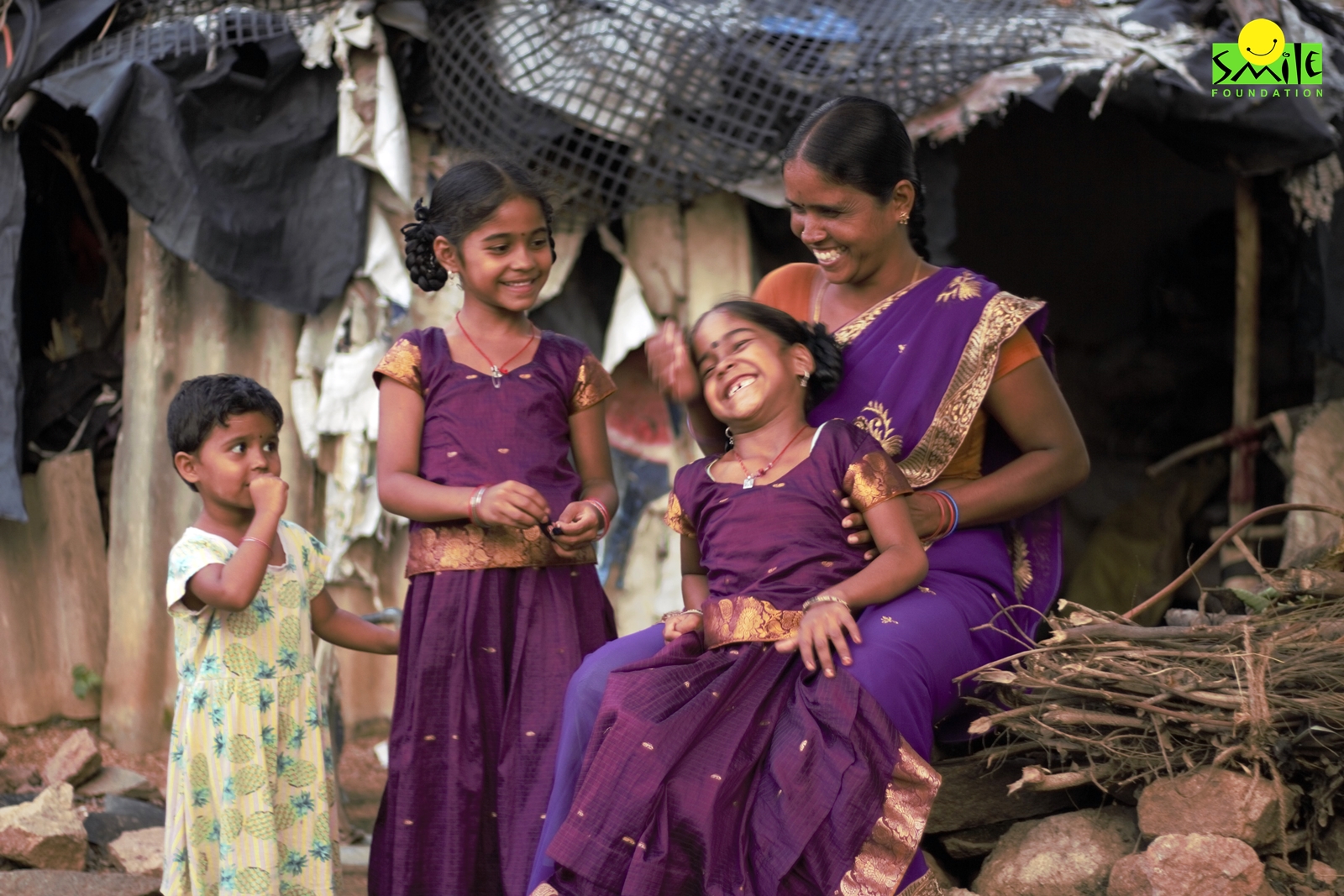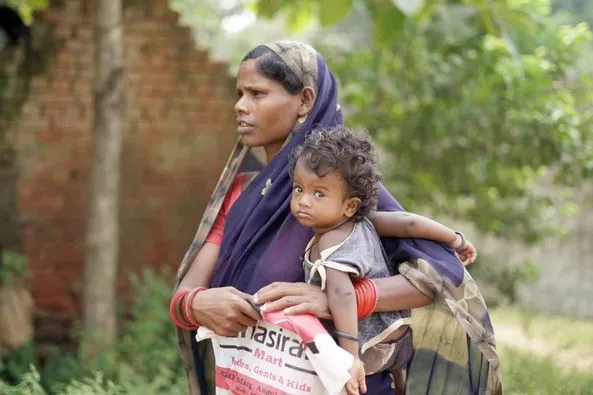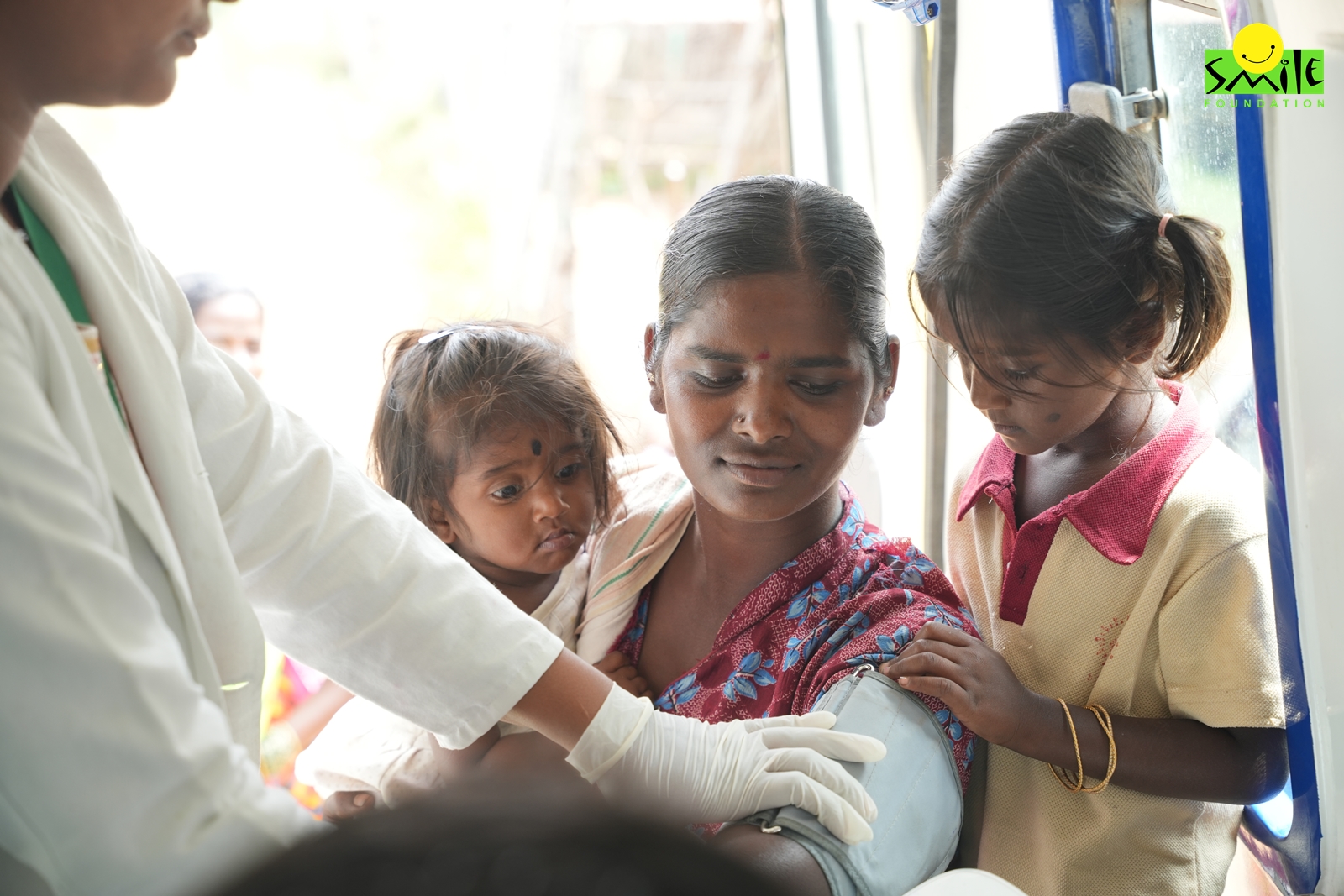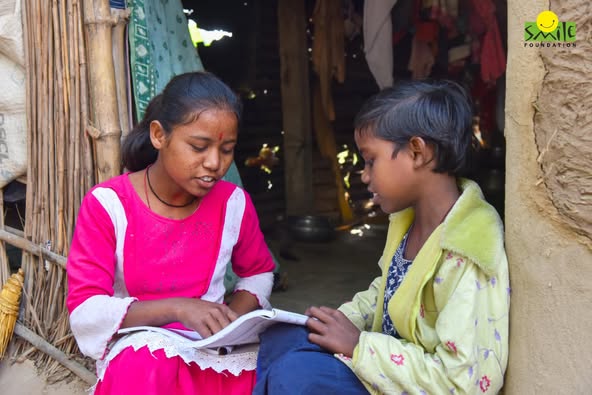In 2017, the National Health Policy (NHP) set an ambitious target to reduce India’s Maternal Mortality Rate to below 100 per lakh live births by 2020. In fact, between 2018 to 2020, the maternal mortality rate was successfully lowered to 97 per lakh live births through a series of efforts. However, maternal mortality continues to remain a pressing public health challenge in a country like India, where socioeconomic factors, healthcare access, and cultural practices heavily influence women’s health outcomes.
The Maternal Mortality Rate (MMR) refers to the number of maternal deaths occurring during a specified period per 100,000 live births in that same period. This metric serves as a crucial indicator of reproductive health and overall healthcare quality in a given region, such as a district. High MMR levels often reflect underlying issues such as inadequate access to healthcare, poor nutrition, and lack of education about maternal health. Conversely, lower rates can signify effective healthcare systems, skilled birth attendance, and comprehensive maternal health services. By examining MMR at the local level, stakeholders are able to identify specific challenges and disparities in maternal health, ultimately guiding targeted interventions to improve outcomes for women in that area.
In the Indian context, while significant progress has been made, achieving a maternal mortality rate of zero is a complex goal that demands a comprehensive and multifaceted approach.
Prioritising health infrastructure in the country
In our country, MMR has historically highlighted stark disparities in healthcare access between urban and rural areas. In 1990, the MMR was alarmingly high, with 556 women dying during childbirth for every 1,00,000 live births. This translated to approximately 1,38,000 maternal deaths annually due to complications related to pregnancy and childbirth. These figures underscored the urgent need for improved healthcare infrastructure, especially in rural regions where access to skilled medical care has been limited since the beginning. The high MMR of the early 1990s reflects systemic challenges, including inadequate prenatal care, insufficient emergency obstetric services, and sociocultural factors that hinder women’s access to healthcare. While the numbers have fallen over the last three decades, we still have a long way to go.
The goal to bring MMR to zero can only be achieved if India prioritises strengthening its healthcare infrastructure. In 2022, the country’s public healthcare expenditure was just over 2 percent of its GDP, a figure that needs to be significantly increased to meet the population’s growing demands and improve health outcomes.
Moreover, it is essential that every woman has nearby access to healthcare centres that provide comprehensive prenatal, delivery, and postnatal care. This entails constructing more health centres, particularly in rural regions where healthcare services are often scarce. According to the National Health Mission, nearly 70 percent of maternal deaths occur in rural areas, underscoring the urgent need for improved infrastructure in these communities. In addition, training and retaining skilled healthcare professionals is crucial. This includes obstetricians, midwives, and nurses who play vital roles in maternal care. Implementing training programs that emphasise safe delivery practices and emergency obstetric care can significantly mitigate complications during childbirth. Data from the World Health Organization indicates that skilled birth attendance can reduce maternal mortality by up to 30 per cent. By investing in both infrastructure and human resources, India can create a healthcare system that effectively supports maternal health and ensures safe pregnancies and deliveries for all women.
Enhancing Health Through Education
Raising awareness about maternal health issues, reproductive rights, and available healthcare services is also crucial for empowering women and their families to seek timely care. Community health education and engagement play pivotal roles in this process. A 2023 study published in the International Journal for Equity in Health highlights the significant impact of community participation in health initiatives. The research emphasises that NGOs can effectively build capacity and trust within communities, enabling them to monitor health services and engage with healthcare providers and local authorities. Over time, these collaborative efforts have addressed implementation challenges, leading to enhanced public sector services and a notable increase in the utilisation of these services—particularly among marginalised populations—resulting in a shift away from reliance on private healthcare.
To further strengthen this movement, including men and other family members in discussions surrounding maternal health is essential. Involving them promotes awareness and helps shift cultural norms, fostering supportive environments that prioritise women’s health. When families collectively engage in maternal health conversations, it creates a more holistic approach to care, encouraging timely access to services and improving overall health outcomes for women. Thus, a comprehensive strategy that combines community engagement, accountability measures, and family involvement is vital for reducing maternal mortality and promoting reproductive health equity in India.
Lastly, we need to advocate for essential policy reforms from the government. While programs like the National Health Mission and Janani Suraksha Yojana have provided significant benefits, increased funding for maternal health is crucial. Implementing data-driven policies can help identify at-risk populations and tailor interventions more effectively. This approach enhances accountability and allows for monitoring progress toward the ambitious goal of achieving zero maternal deaths. By leveraging data, we can ensure that resources are allocated where they are most needed, ultimately improving maternal health outcomes across the country.




